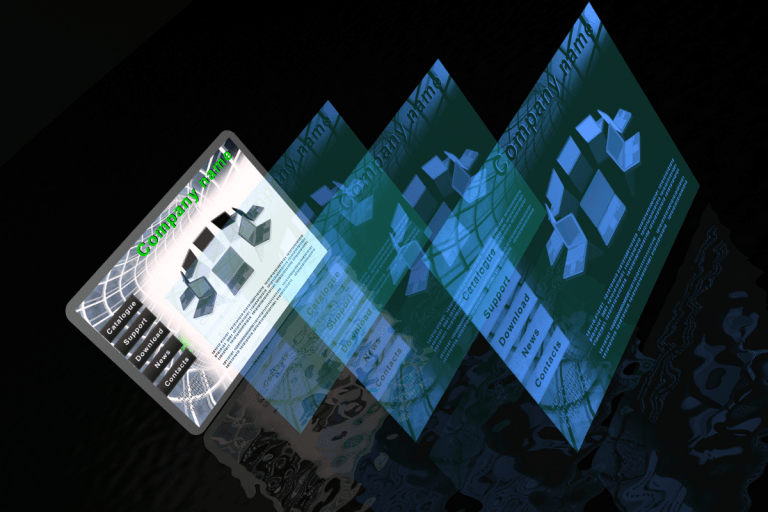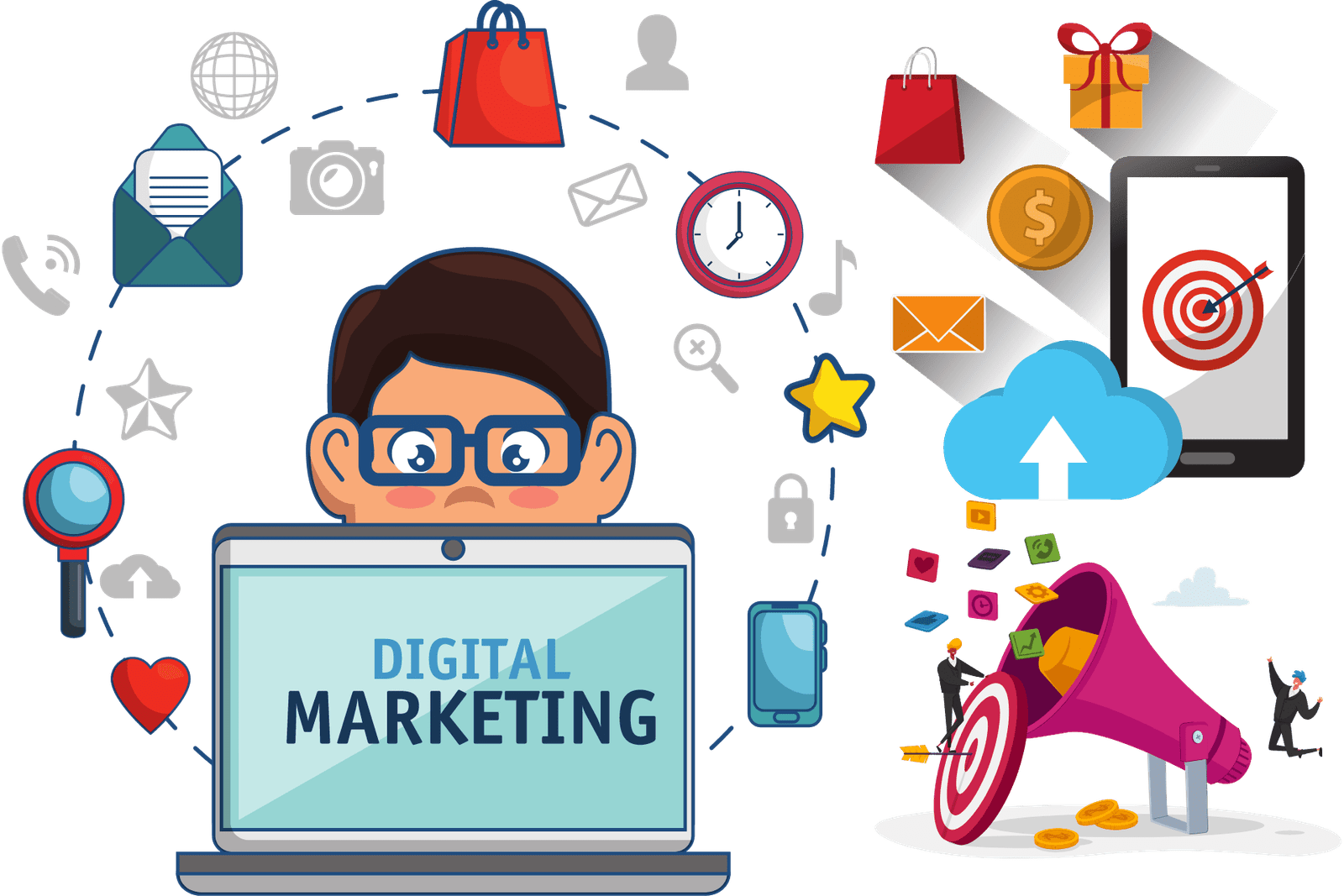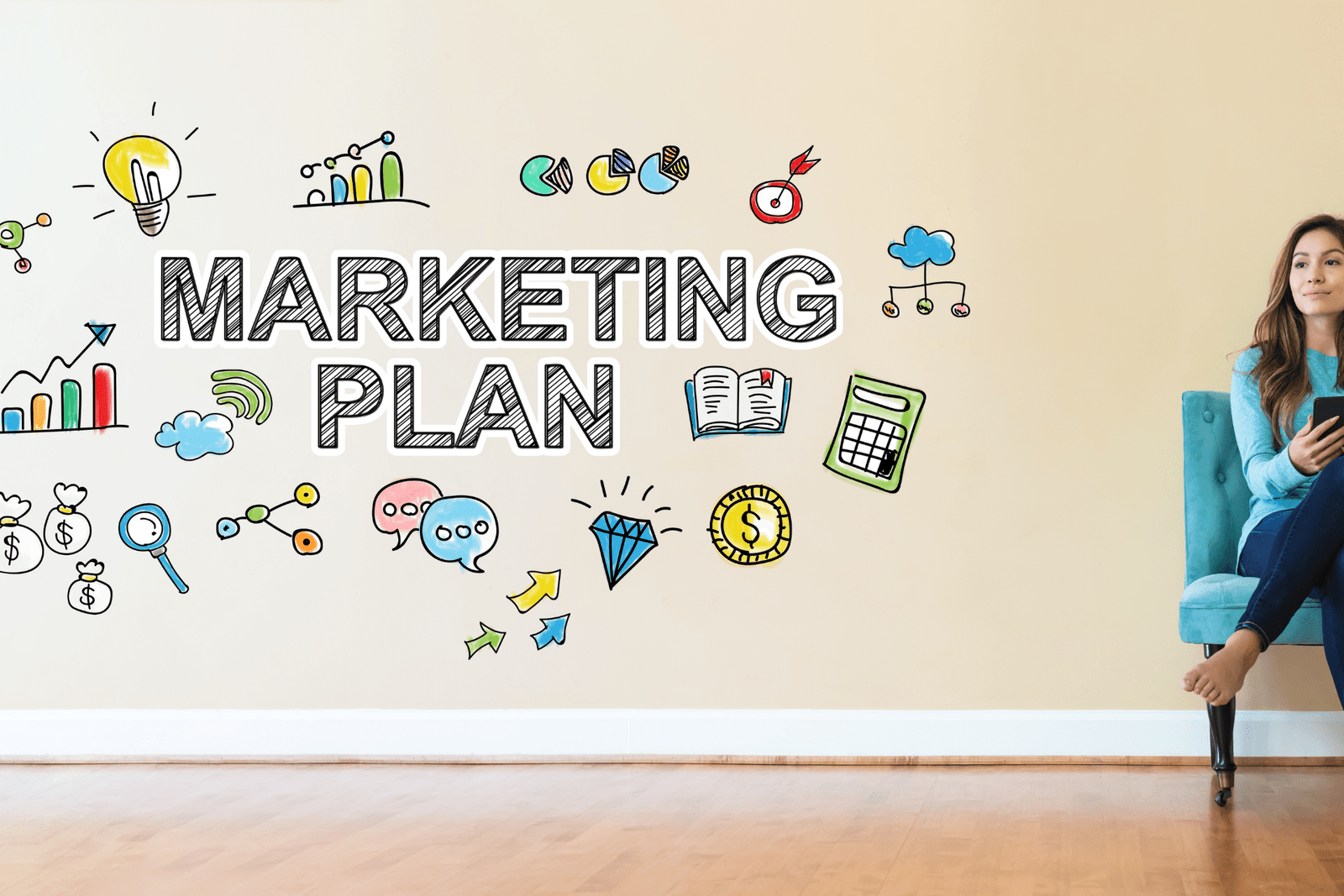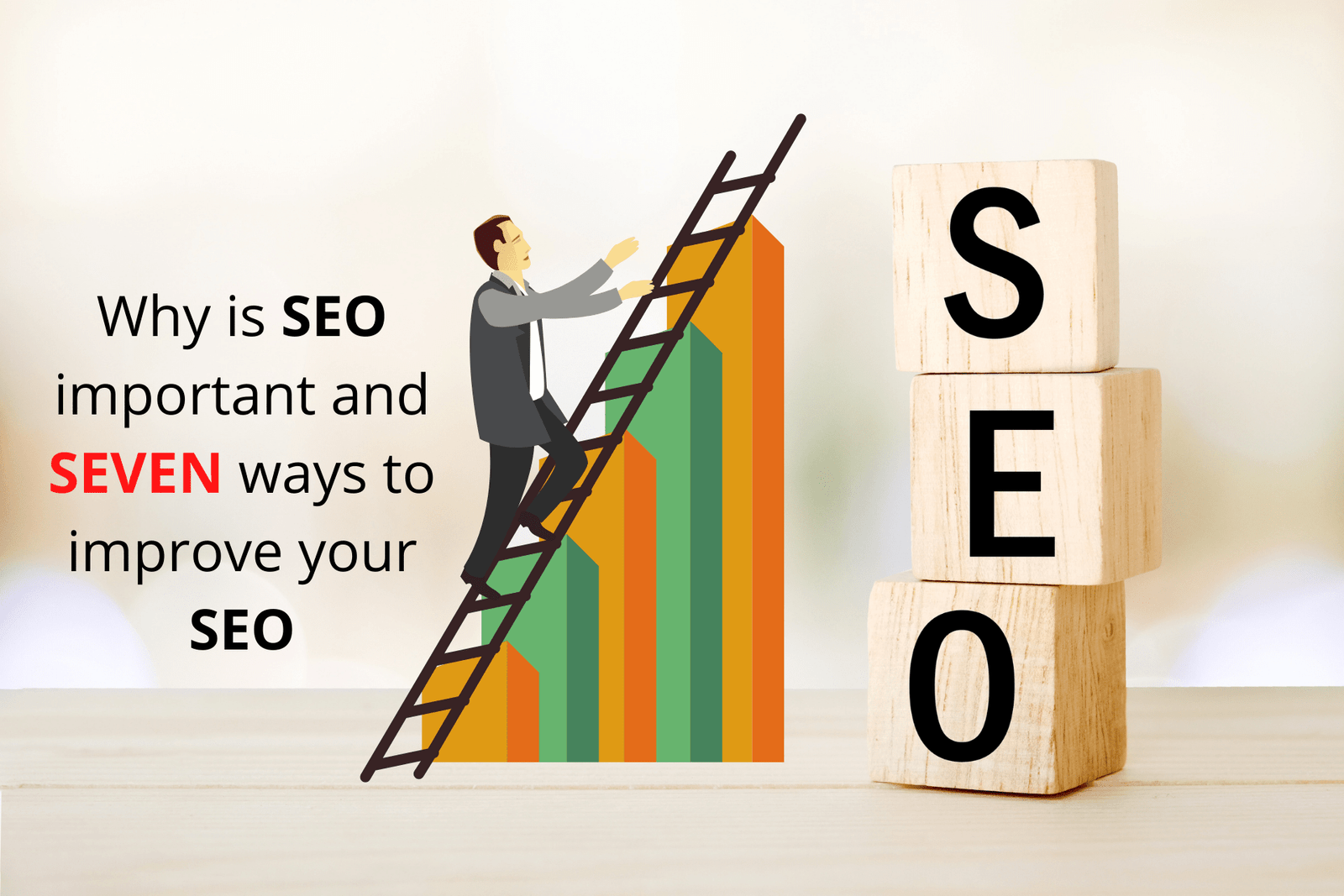Content for Marketing SaaS- 8 key metrics to track your Content Strategy

I’ve been asked a few times now about how to create content for marketing SaaS products, and I think it’s time we address this. Content is at the heart of any content marketing strategy- so what does that mean when you are trying to market your product? Content can take many forms, but some key metrics will help you supercharge your content strategy. In this blog post, we will explore 8 metrics that are vital to any content marketing strategy and how they can help improve your success rate!
Producing content for marketing is a technique that can help you to attract potential customers. There are many different types of content, but it’s important to know your goals for the content and why you need one in the first place. You may be trying to drive traffic or generate leads and engage with your audience on social media. Producing relevant content for marketing your products or services needs to be aligned with both the short-term and the long-term goals of your business. Short term when it comes to producing content for marketing. It might also include promotional material like infographics, webinars, and quizzes. Keep reading this blog post if this interests you.
So without further ado, let us dive into the 8 metrics that you should be measuring when you are producing content for marketing your SaaS products. Unless tracked and improved, you will keep on producing content for marketing the SaaS products but it will ultimately not yield you any benefit.

Content for marketing can’t be aimed at the wrong target audience.
Content for marketing should be created to educate your qualified leads and build a relationship with them so that they stay informed about what you are doing on an ongoing basis.
So what is a relevant audience for you?
If you are targeting an audience based on their demographics or geographical location then you need to have a mechanism for measuring the metrics that will tell you if the content for marketing your SaaS products is reaching the right audience.
If you are not attracting the relevant audience to your website your CTR will be low. Measuring your CTR is an effective way of knowing if you’re attracting the right audience.
Alternatively, if your CTR is high but your conversion is low, then this means that people are clicking on links to your website (your keywords and ads, and free listings) but are not engaging with your SaaS offering- which may not be a great sign. Content needs to have substance or they will bounce back off of it as quickly as they clicked on it.
You can try to woo the prospects landing on your website by offering them additional services like free delivery, a freemium option or maybe just add more details on the product or have a more detailed FAQ section that would build more trust and entice them to try your SaaS product.
Repeat Visitors

Repeat visitors are vital. Repeat visitors are a sign that you are producing content that is engaging, informative, and worth returning to. Content needs to be something they find helpful so as not to bore them or frustrate them with too much new information after a while.
Repeat visitors generally come from top-of-the-funnel content like infographics, lists, or tips for getting started using the product, or even blog posts discussing solutions for general problems your SaaS may help solve. These are people who do not know your product but are interested in it. Content like this can be used to attract them, build trust, and entice them to try your SaaS product.
Repeat visitors also come from mid-funnel content for marketing like blog posts on how the solution solves a common problem or top features of the software that give insight into what is available, which builds credibility for those who know they need it and nudges others towards taking a closer look at something promising enough to spend time researching.
Mid funnel content for marketing should really sell the promise of using your service. The user must have some idea why their life will improve if they take action now with you as opposed to later without you! Content needs to highlight ‘how’ – not just ‘what’.
Returning traffic on your website can indicate how successful you are at generating leads by attracting prospects through different channels (social media advertising, SEO campaigns) and then converting those clicks into more engaged users who stick around on your site longer than just clicking on the ad once. Content for marketing your SaaS product drives traffic because it captures the attention of your audience by being original, informative, and valuable.
Content for marketing your SaaS is what you put out to let people know about how great your company’s product or service is. Content that drives traffic uses powerful words in headlines with emotional hooks to get prospects interested enough to click through on an ad, visit a landing page or website, subscribe to a newsletter list, or download something free. Content should be well-written and include ‘callouts’ – highlighted links within text so readers can easily find additional content they might want when reading online articles. The best content for marketing your SaaS products includes videos because this medium has proven the most effective at generating engagement among consumers across all age groups and education levels.
Pages Per Visit

As part of producing content for marketing your SaaS product, you want people to stay on your website as long as possible. That would mean visitors browsing through the different pages of your website. The longer people stay on your website, the more it means that they find your content meaningful for their needs. Internal links to other pages of your website that provide other sources of valuable content to the visitor will also contribute to the increased duration of stay on the website.
So how many page visits does a website typically get per session? The unofficial figure is 2. That is not to say that having a large number of page visits during a session is always a good indicator of engagement. Consider a case where the number of pages visited is high during a short session duration. This might indicate that the visitor is not finding content relevant to their needs, so they are looking for other sources of information.
Good Content: You should also consider measuring engagement by evaluating how many pages were visited before leaving your site and a comparison between bounce rate (percentage of visitors who visit only one page) with average session duration. When both metrics align well, it shows that you have good quality content on your website which satisfies customer’s search queries or inquiries about your product/service.
If you’re involved in creating content for marketing your SAAS products, metrics are vital to your strategy. You need to be able to quantify your actions to trace their impacts and have a clear idea of what success looks like.
Content For Marketing syndication

As many of you already know, syndication is an effective way of producing relevant and high-quality content for marketing your SaaS product. And this is where UTM or “Urchin Tracking Code” becomes so important for your content marketing strategy.
Syndicated content and guest posts are an excellent way of doing your content marketing. UTM tags play a crucial role in helping you to identify the source, medium and content type. This Syndicated content and guest posts are an excellent way of doing your content marketing. UTM tags play a crucial role in helping you to identify the source, medium and content type. UTM tags are essential in any Content Marketing Strategy because they help you know where your content is being used throughout all digital channels so that you can find success through repeatable processes rather than just hoping for a hit every now and then.
UTM tags are small pieces of text that you add to a link and tells Google Analytics where the link is being used. UTM tags help you track the performance of your content marketing by providing information on which channel, medium, or type of content was clicked on most often when it came to links with UTMs applied. This data will help you see what types of posts resonated best with different audiences.
Content Engagement

How do you measure engagement for the content you have produced?
Engagement can be in the form of how long someone stays on the web page. Staying on the page for a short time can be a bad signal. However, staying on the page for long does not necessarily mean your content for marketing your SaaS products is super engaging. It might be that your audience is finding your content difficult to consume although there is some interest in the theme of the content. On average, the reading speed for an adult is around 200 – 300 words per minute. And an average of 10-15 secs for every image you have on the page. This should give you a sense of how long an average visitor will stay on the page.
Other engagement metrics are comments to content, clicks to links in the content, social shares, and contact form submissions. Every time your audience engages with your content in one of the ways mentioned, it builds trust. Moreover, you have measurable ways of tracking how much engagement your content is providing to your audience.
Attribution

Google says that a user typically goes through eight to nine touch-points with your business before they convert into a paying customer. So how much of an influence did each of these touch-points played in the customer journey before they became a paying customer. All of these touch-points are content for marketing your SaaS platform. Maybe in the form of Blogs, Videos, Podcasts, Live, Shorts, or Webinars.
Similar to Google and the way they do their attribution models, you can measure attribution in the same way. Well, maybe not the last attribution module because that’s where Google becomes Google :).
Last click: Give all credit for the conversion to the last-clicked content and corresponding keyword.
First click: Give all credit for the conversion to the first-clicked content and corresponding keyword.
Linear: Distribute the credit for the conversion equally across all content interactions on the path.
Time decay: Give more credit to content interactions that happened closer in time to the conversion. Credit is distributed using a 7-day half-life. In other words, a content interaction 8 days before a conversion gets half as much credit as a content interaction 1 day before a conversion.
Position-based: Give 40% of the credit to both the first and last content interactions and corresponding keywords, with the remaining 20% spread out across the other content interactions on the path.
Data-driven: Distributes credit for the conversion based on your past data for this conversion action. It’s different from the other models, in that it uses your data to calculate the actual contribution of each interaction across the conversion path. This is only available to accounts with enough data.
Credit: Google Ads: About attribution models
Open to Click Ratio

When we are talking about content for marketing your SaaS platform, email marketing is probably an area that forms one of the pillars of your content marketing strategy. You must be sending email newsletters to your customers as often as possible to make sure that they don’t forget you and your product. Email still forms one of the most effective tools for marketing although you need to catch your customer’s attention in a very limited space.
The open rate is one of the key metrics that will show how successful your email strategy has been. Keeping the delivery rate, bounce rate metrics aside (assuming you manage to reach your intended audience), the open rate is the most important metric for your email campaign.
Open Rate: An important metric when evaluating content effectiveness for email campaigns; this number represents what percentage of recipients opened an email that they received from you.
The Content Marketing Institute’s blog post said “According to research by Hubspot, visitors who engaged with marketing emails at least once were six times more likely to purchase.”
However, it does not solve your purpose if your audience opens your email (possibly your email subject line appeals to them) but then does nothing. The click-through rate (or CTR) is a better metric to pay attention to because it measures what percentage of recipients clicked on the email and did something (even if they didn’t purchase).
Click-Through Rate: Content effectiveness for marketing campaigns is measured by this number, which represents how many people have clicked through from an email or ad.
A higher click-through rate (CTR) indicates a more effective strategy of content for marketing your SaaS platform.
While the standard is somewhere between two to five percent, anything below 0.25% means that your email needs improvement.
“However, you should be careful about basing the content on this metric alone because it doesn’t actually tell you how many people converted into customers…” Content effectiveness in marketing emails can also be measured by conversion rates which are calculated as follows: Content Effectiveness = Number of Customers / Total Subscribers × 100%. This number gives marketers an idea of what percentage of their subscribers/followers become buyers after opening their email campaign.
Mobile Adoption

Here’s a summary of the Mobile Usage statistics you need to know in 2021: There are 6.4 billion smartphone users worldwide. US adults spend an average of 2 hours and 55 minutes on their smartphones every day while 69 percent of internet users prefer to look for reviews on their phones than approaching an in-store employee. – Source Oberlo.
With the rise of mobile phone users, it is important to understand that your strategy for creating content for marketing your SaaS products needs to take into consideration the mobile users. Of the many signals (over 200) that Google uses to rank your website, two important signals are if your content renders well on mobile devices and if the content is mobile-friendly. Content that is not optimized for mobile users will rank lower than a website with content that renders well on mobile devices.
The user experience of your site’s visitors should be taken into consideration when developing and optimizing your content strategy. Your organization may have designed an innovative SaaS product, but you need to make sure they are able to easily navigate their way through the complexities of using it which means creating simple, clear messages and visuals in order to guide them towards the completion of desired tasks. To optimize this process as much as possible, take advantage of intuitive navigation buttons, short sentences, or bullet points where appropriate and consider using larger fonts in areas where there could be confusion such as forms fields.
Check your Google Analytics to see what percentage of users are accessing your content from mobile devices. This will give you an idea of how well your content is being rendered and adopted by mobile users.
The speed with which your content renders on your website is another crucial piece of signal that is important for your content to be visible across the SERPs. Perform speed checks on your website using tools like Google Lighthouse to ensure that the content for marketing your SaaS platform that you keep producing on a regular basis reaches your intended audience on a regular basis.
So there you are… these are the 8 metrics that if you measure correctly and diligently will help your content strategy.
I hope this post helps you in formulating a better content marketing strategy for your business. Let me know in the comments below what are other metrics you are currently tracking to measure the effectiveness of your content for marketing your SaaS products.









